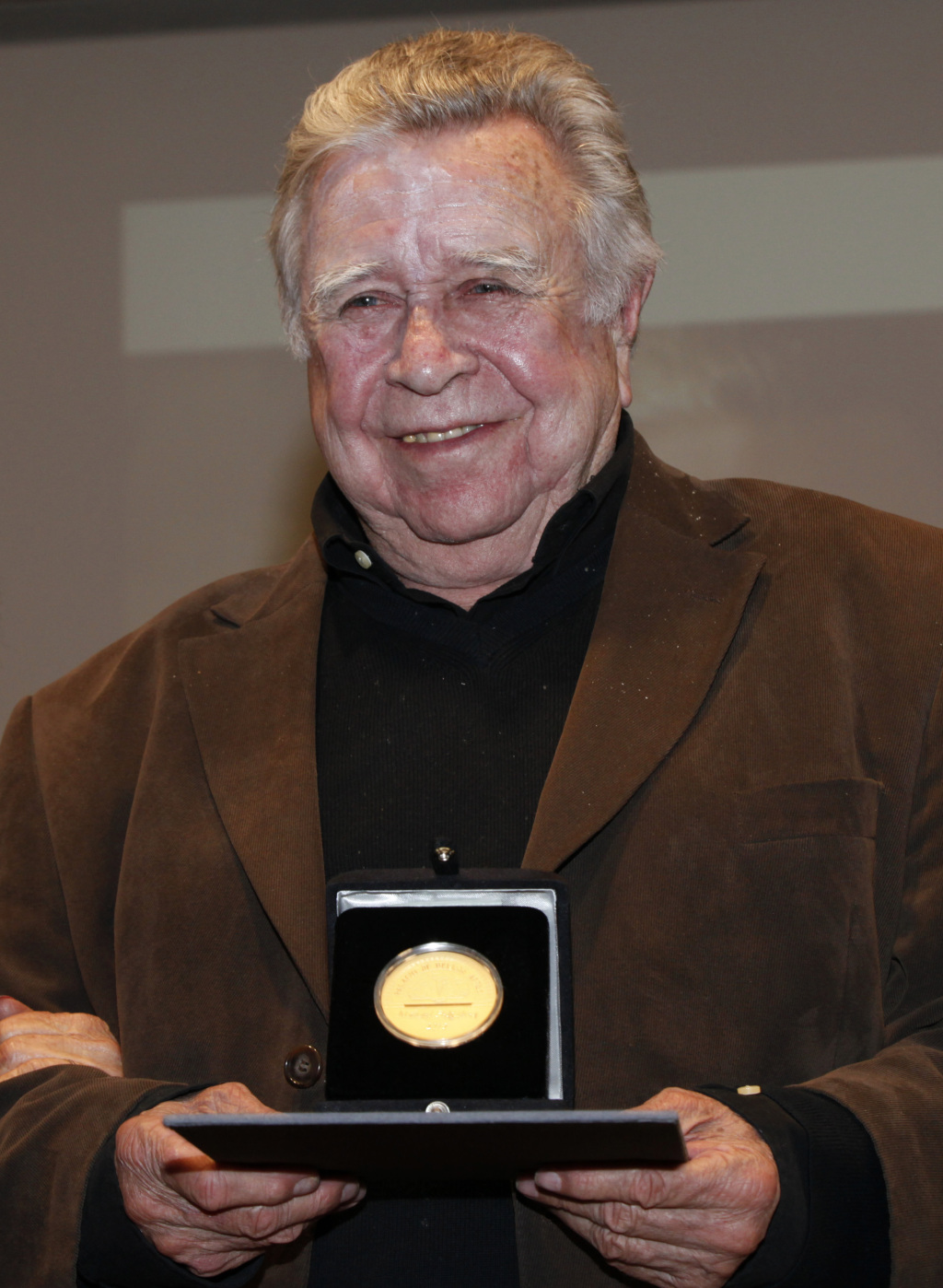[ad_1]
Painter, sculptor, and educator Manuel Felguérez, a pioneering artist of the Generación de la Ruptura that broke away from traditional painting in Mexico, has died at age 91. The Mexican newspaper El Universal reported that Covid-19 was the cause of death.
Felguérez is known for his abstract explorations of geometry and space. Alejandra Frausto Guerrero, Mexico’s minister of culture, acknowledged Felguérez’s death in a tweet on June 8, writing, in part, that “his legacy is vast and diverse.”
Born in 1928 in the Mexican state of Zacatecas, Felguérez studied at the San Carlos Academy in Mexico City in his youth. In the early 1950s, he attended the Academy de la Grande Chaumière and the Académie Colarossi, both in Paris, where he worked with sculptor Ossip Zadkine.
In the postwar years, Felguérez’s abstract artworks were a radical departure from the figurative painting and muralism that had long reigned in Mexico since its post-revolution days. Felguérez and other artists of the avant-garde Generación de la Ruptura—which also included José Luis Cuevas, Francisco Toledo, and Lilia Carrillo—are often credited with shaping contemporary art in the country. Favoring a more expressionistic approach to art making, many members of the movement criticized the realism and nationalistic themes of works by prominent Mexican muralists like Diego Rivera and José Clemente Orozco.
Felguérez taught courses and conducted research at the Institute of Aesthetic Research at the National Autonomous University of Mexico in Mexico City, Cornell University in New York, and Harvard University in Cambridge, Massachusetts. In the late 1990s, he donated a selection of his works to a museum of abstract art named for him in his home state of Zacatecas.
Throughout his career, Felguérez, who received Mexico’s Medalla Bellas Artes in 2016, had exhibitions at the Museo Universitario Arte Contemporáneo in Mexico City, Páramo gallery in Guadalajara, Mexico, Harvard’s Carpenter Center for the Visual Arts, Durban Segnini Gallery in Miami, and other venues. His work was shown in the Mexican pavilion at the 1986 Venice Biennale and the sixth Bienal de São Paulo in 1961, and is held in the collections of the Museo de Arte Moderno and Carrillo Gil Art Museum in Mexico City, among other institutions.
[ad_2]
Source link


